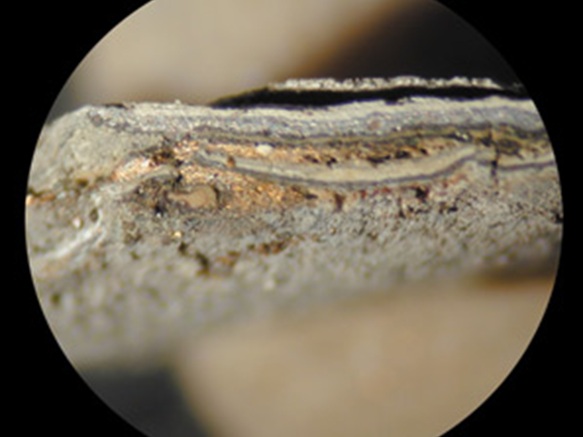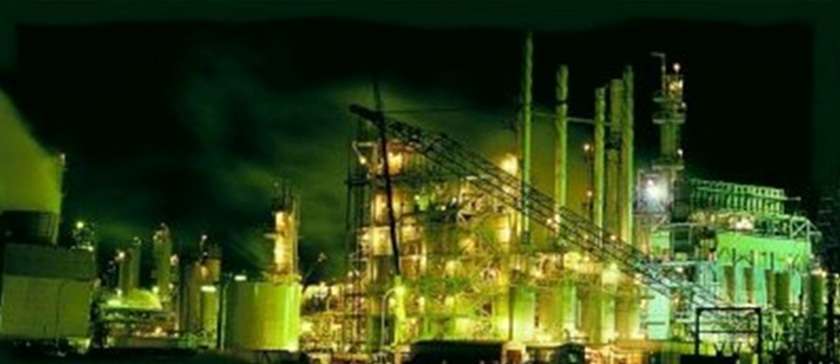Historic Evidences of Corrosion Inhibitor Applications
How the concept of arresting Corrosion did came into existence?
Continuous exposure to chemicals and other environmental factors were recognized to be responsible for numerous losses. This was seriously looked into by industries in olden days. Though we cannot spot any large scale sector, yet prevention technology was considered important in order to combat with losses.

Historic Evidences
When we trace back history, application of inhibitors was accepted in industries for its anti-corrosive nature. Different combinations of chemicals were tried in those days however, scientific professionals worked out on secondary effect of inhibitors on environment.

Quest for Environmentally Friendly Elements
Search for organic versions of corrosive resistant products began after serious consideration of protecting components. Repeated tests by binding different chemical and organic compositions helped out to find analyze characteristics of each ingredient and their environmental impact. Through this research professionals were able to make technical analysis and calculate the products’ efficiency accordingly.

Assortment of Industrial Applications
In addition, the application was found to be supportive in various industries like refinery, chemicals, cooling systems, oil and gas production, boilers, paints, water processing, lubricants, etc. based on its potentiality in rust restricting, film forming and minimizing chemical impact.
List of Evidences
- Proof of inhibitor usage was traced back to XIX century.
- It was used to defend metal surfaces from acid picking, acidified oil wells, cooling systems and aggressive water.
- During 1920’s natural ingredients were used as rust resistant agents such as celadine and other plant extract which was then applied for H2So4 pickling process.
- In 1940’s Amine based composition was used in Navy.
- Even commercial applications including emitters, coatings and water treatment were done by adding inhibitors. These amine based outcomes contain molecules with good electron density which made then suit best for both anodic as well as cathodic applications.
- Between 1950’s and 1960’s electrochemistry technology was chosen to evaluate formulations
- Presence of toxicity in terms of chromate, arsenic and phosphate compounds were recognized as less favorable one for environment
- As evaluation process continues strict international laws were forced to reduce usage of hazardous elements
- During 1990’s mixed composition was formulated by binding water-based amine with carboxylate and employed over surfaces.
As years went on new range of combinations were introduced to match plenty of industrial functions.

Preventing Deterioration in Oil Fields
Pipelines used in oil grounds are prone to degrade from its original quality due to prolonged exposure to water and lubrication. There are special ranges of oil field chemicals available for functional usage in lubrication industry wherein they play prominent role in controlling decay of pipelines and safeguard metal exterior by forming impermeable film like layer or it. This film is less reactant to other substances and shields components.
Conclusion
Decay or degradation of metal surfaces through chemical or environmental influences is dangerous to industrial productivity. Corrosion preventive substances are the ones that are applied to restrict decomposition. These were used since historical times and today more revised and environmentally safe versions have been found for many manufacturing and processing sectors.
This article has been written by Govind Patel.